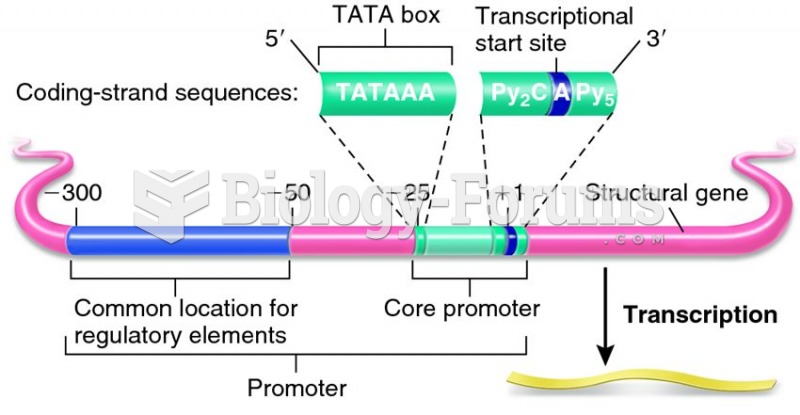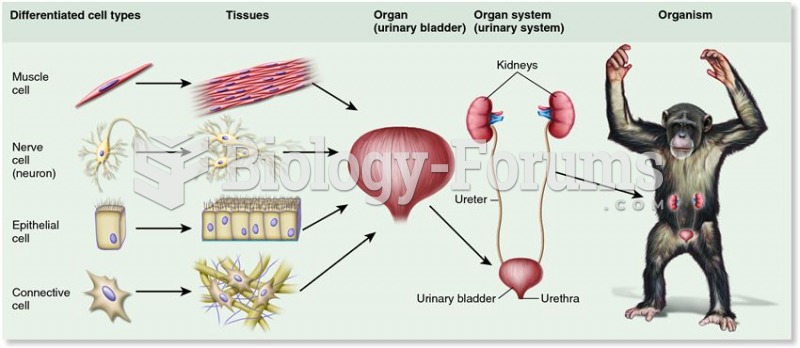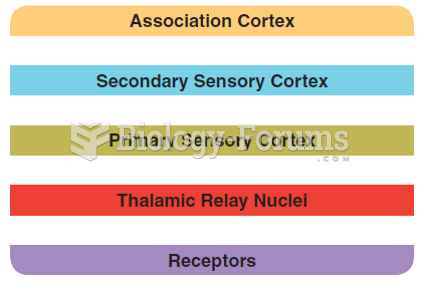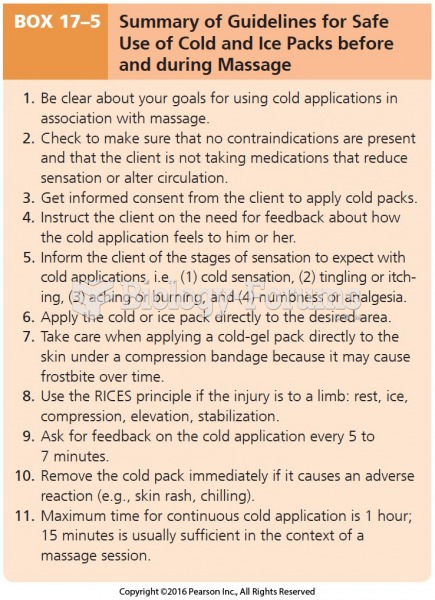Answer to Question 1
Answer: TRUE
Explanation: If you are creating a new wiki, think through your long-term purpose carefully, just as you would with a new blog or podcast channel. Doing so will help you craft appropriate guidelines, editorial oversight, and security policies. For instance, the PlayStation development team at Sony uses a wiki to keep top managers up to date on new products; because this information is highly confidential, access to the wiki is tightly controlled.
Answer to Question 2
Answer: Major sections on websites, particularly those that are fairly static (unlike, say, a blog) function in much the same way as reports. The skills you've developed for report writing adapt easily to this environment. Because readers can be skeptical of online content, take special care to build trust with your intended audiences. Make sure your content is accurate, current, complete, and authoritative.
As much as possible, adapt your content for a global audience. Translating content is expensive, so some companies compromise by localizing the homepage while keeping the deeper, more detailed content in its original language. In an environment that presents many reading challenges, compelling, reader-oriented content is a key to success. Wherever you can, use the inverted pyramid style, in which you cover the most important information briefly at first and then gradually reveal successive layers of detailletting readers choose to see those additional layers if they want to. Present your information in a concise, skimmable manner. Effective websites use a variety of means to help readers skim pages quickly, including lists, use of color and boldface, informative headings, and helpful summaries that give readers the option of learning more if they choose to do so. Write effective links that serve for both site navigation and content skimming. Above all, clearly identify where a link will take readers. Don't resort to cute wordplay that obscures the content, and don't force readers to click through and try to figure out where they're going. Make your website a living document by regularly adding fresh content and deleting content that is out of date or no longer relevant to your target audience. Over time, websites can accumulate many pages of outdated information that get in the way and send a negative message about the company's efforts to stay on top of user needs.







